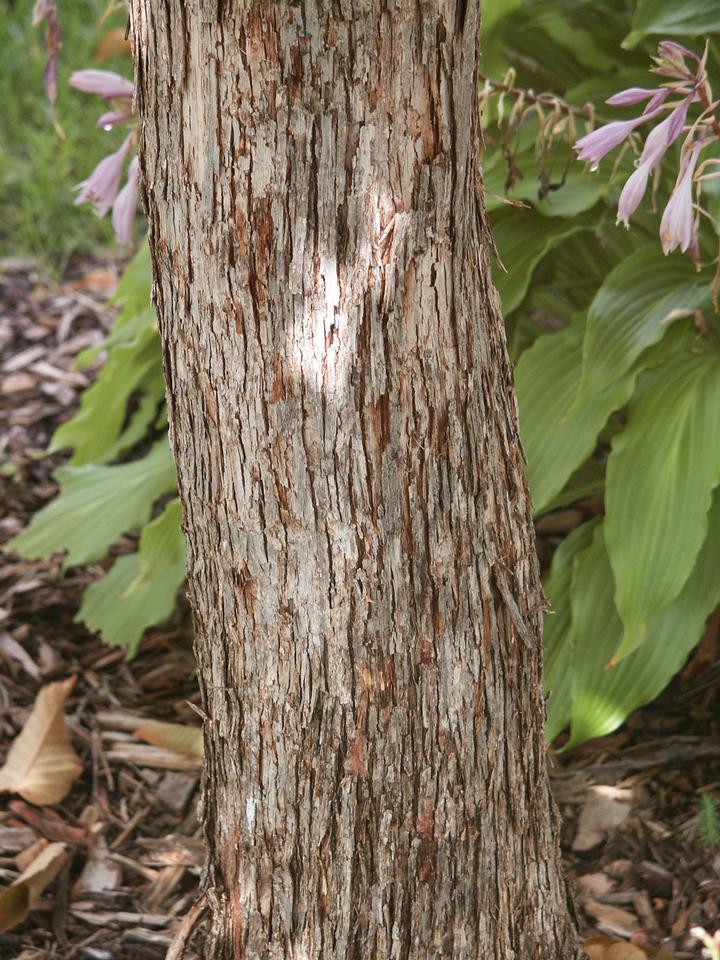Roots
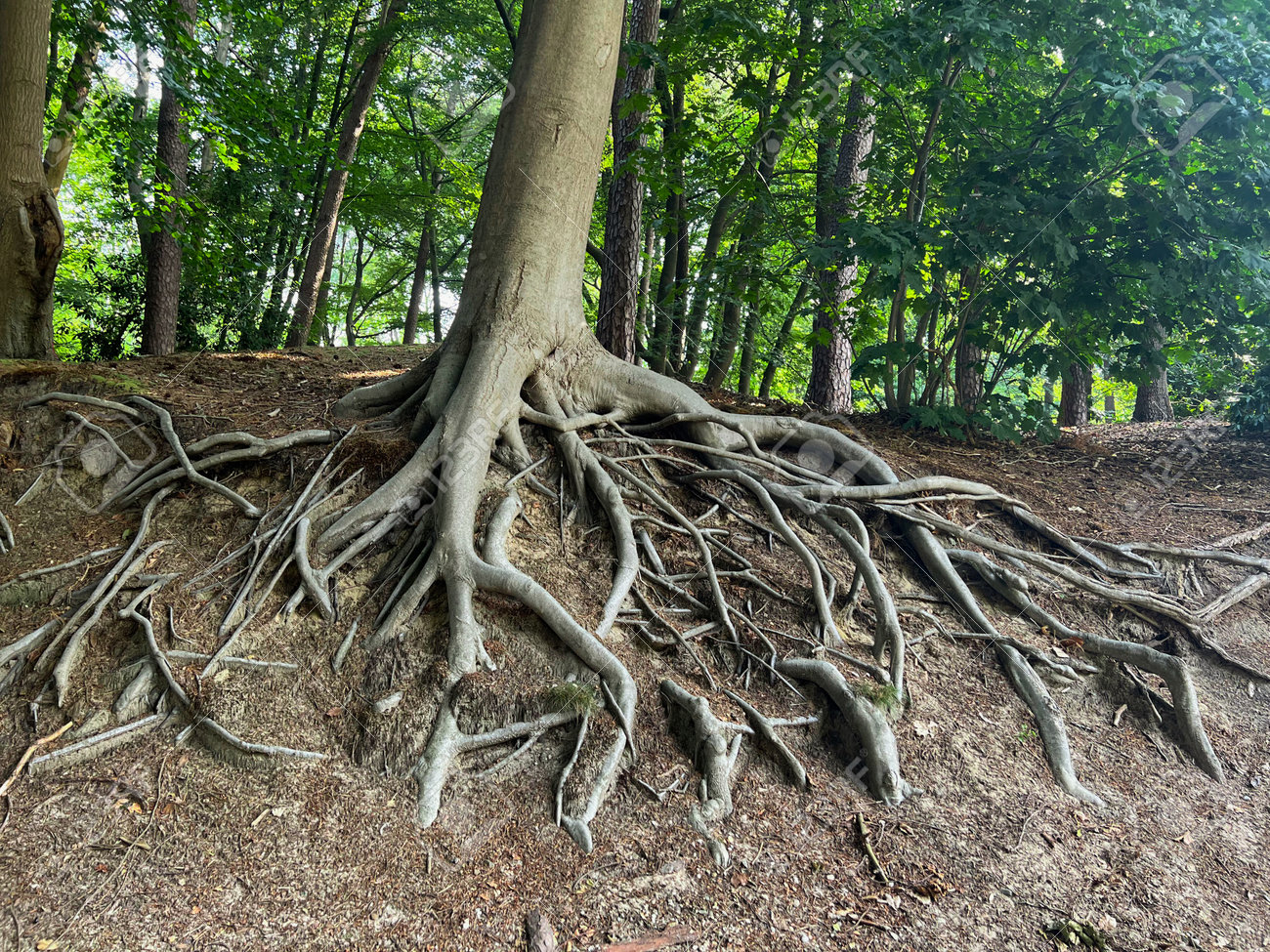
Roots are the part of the tree that grow underground. They anchor the tree firmly in the soil and absorb water and essential nutrients from the ground. In addition to providing stability, roots also store food and energy for the tree to use during periods of low activity, such as winter.
Trunk
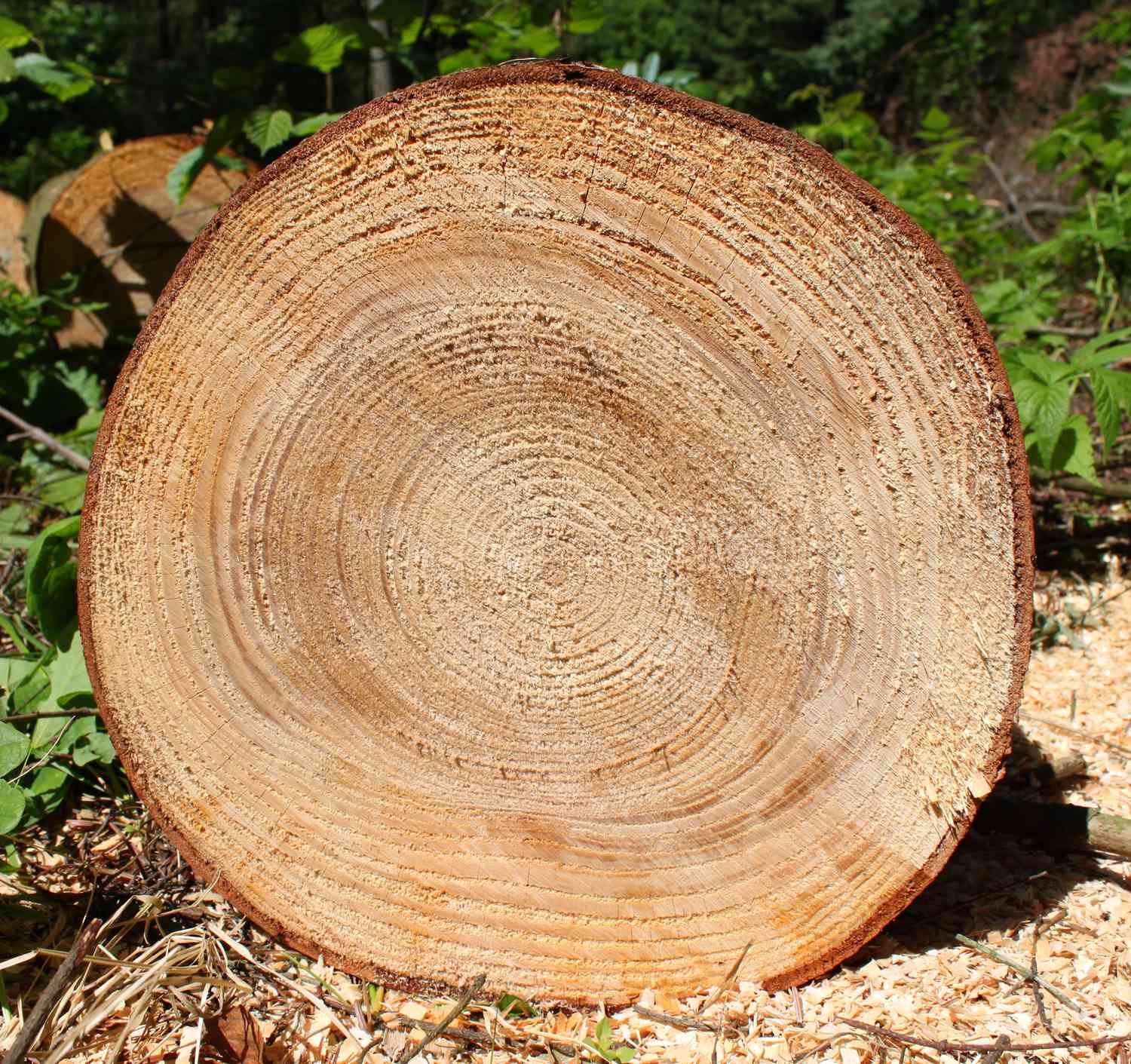
The trunk is the central, vertical stem of the tree that supports its structure. It connects the roots to the branches and leaves, acting as a highway for transporting water, nutrients, and food. Inside the trunk are specialized tissues: the xylem, which carries water and minerals from the roots upward, and the phloem, which distributes sugars produced by the leaves to the rest of the tree.
Branches
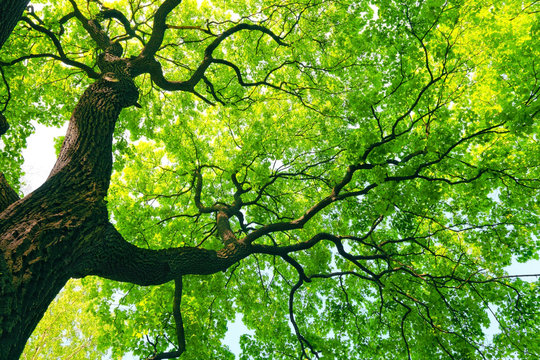
Branches grow out from the trunk and spread in various directions. They support the leaves, flowers, and fruits, helping to maximize exposure to sunlight. Branches also aid in the distribution of nutrients and provide structure to the tree's crown.
Leaves
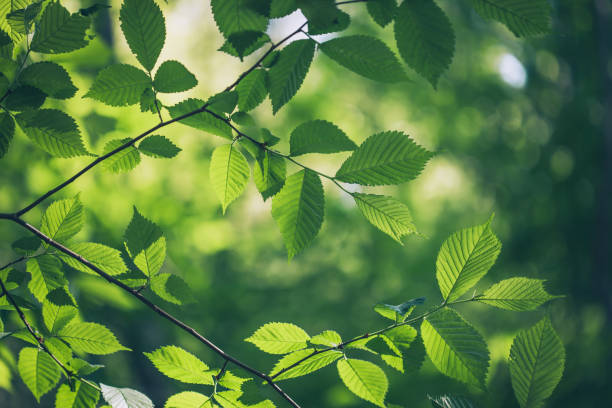
Leaves are the primary site of photosynthesis, the process by which trees use sunlight, carbon dioxide, and water to produce food in the form of glucose. Leaves also play a role in transpiration, where water vapor is released into the atmosphere, and they help in the exchange of gases like oxygen and carbon dioxide through tiny openings called stomata.
Crown
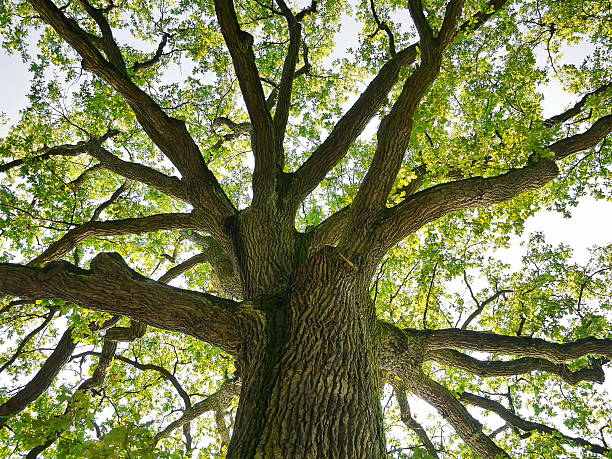
The crown is the upper part of the tree, consisting of all the branches and leaves. It plays a crucial role in capturing sunlight for photosynthesis. The crown also provides shade, reduces water loss by protecting the soil beneath, and serves as a habitat for birds and insects.
Flowers
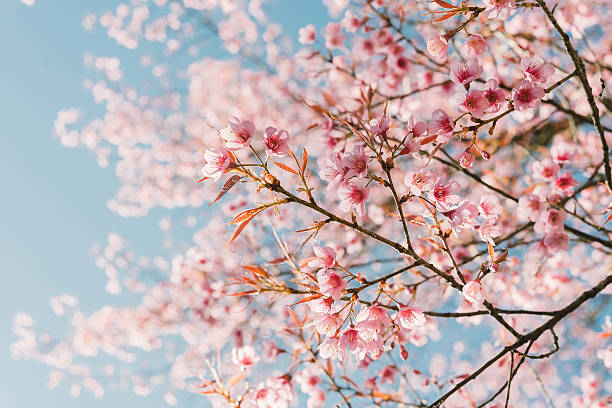
Flowers, found on many trees, are the reproductive structures. They attract pollinators such as bees, birds, and insects. After pollination and fertilization, flowers develop into fruits, which contain seeds for the growth of new trees.
Fruits & Seeds
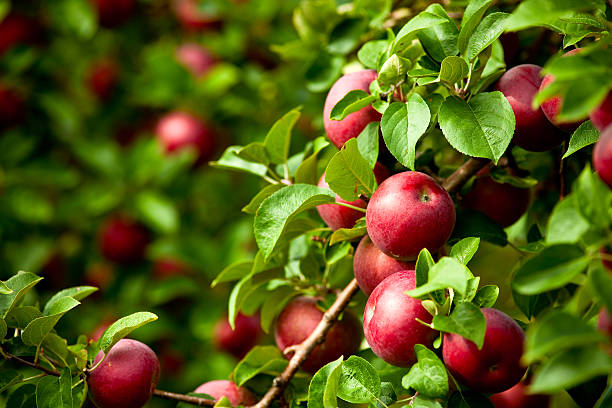
Fruits and seeds are essential for a tree's reproduction. The fruit protects the seeds and often helps in their dispersal through animals, wind, or water. Once the seeds find suitable conditions, they germinate and grow into new trees, continuing the life cycle.
